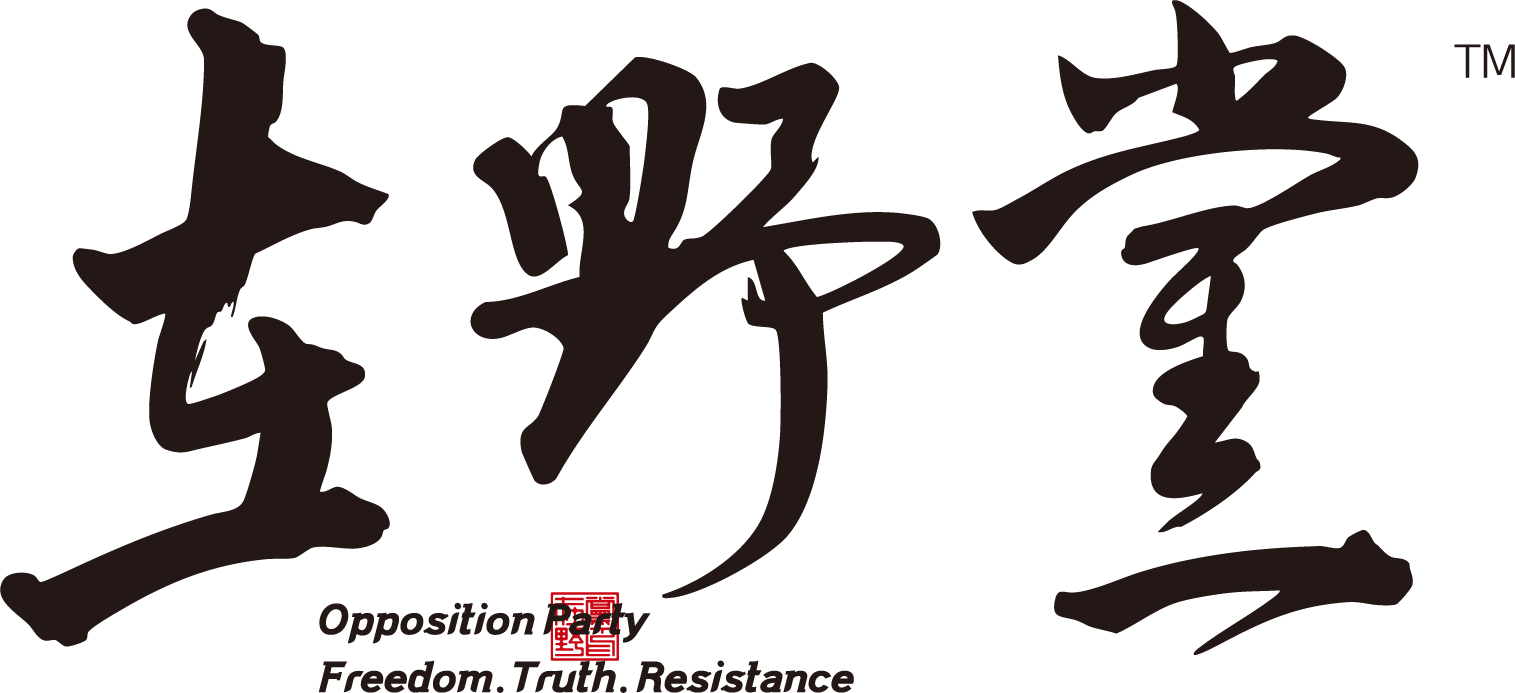作者/编辑 钟然
责任编辑:罗志飞
翻译: 吕峰
三个月,三起学生集体中毒事件。2025年9月11、12日接连两起,读者甚至来不及分辨是哪所学校的事情,相关信息就被“和谐”了。
毒雨下的花朵-rId6-881X662.jpeg)
2025年9月12日,中国山东省济宁市兖州区朝阳学校,138名师生食物中毒,出现呕吐、腹痛等症状送医。
毒雨下的花朵-rId7-280X200.jpeg)
此前一天,2025年9月11日,广东省汕尾市普宁华美实验学校发生94名小学生食物中毒事件。
仅两个月前2025年7月,中国西北甘肃省天水市一所幼儿园超过200名儿童出现铅中毒症状。检测结果显示,幼儿园食物样本的含铅量超出国家安全标准2,000倍,培心幼儿园共有233名儿童血液中铅含量超标。
回顾过去,自互联网兴起以来,儿童食品安全问题便时常进入公众视野。从举国震惊到层出不穷,人们逐渐对此类新闻产生了“免疫”,只希望这些越来越频繁爆出的新闻不是发生自己孩子的学校。
毒雨下的花朵-rId9-1080X1520.jpeg)
2004年,安徽阜阳多名婴儿因食用劣质“假奶粉”导致营养不良,出现头大身小的“大头娃娃”症状。最终至少有13名婴儿死亡,数百人受害。这是中国最早震动全国的儿童食品安全丑闻之一。
毒雨下的花朵-rId10-383X500.jpeg)
2008年,全国爆出婴幼儿奶粉普遍被添加三聚氰胺,以虚增蛋白质含量,三鹿集团是其中典型代表。全国至少有30多万婴幼儿患泌尿系统结石,5万多住院治疗,6人死亡。此次事件影响极大,当时总理也曾到医院看望患儿,但事后事件的根本问题并未得到有效解决。
毒雨下的花朵-rId11-1267X713.jpeg)
2018年10月18日,每学期学费高达6万人民币的上海中芯国际学校爆出食品安全丑闻。有家长得到孩子反馈吃不饱,家长群体在与校方沟通参观后厨,校内厨房所存番茄和洋葱已经严重腐烂变质。
毒雨下的花朵-rId12-600X800.jpeg)
2018年09月,江西万安县宝山乡、涧田乡、顺风乡的中、小学均出现学生食物中毒事件。原因是由教育局招标的“珍百味”统一配送营养餐出现发霉、变质等问题,导致学生食用后腹痛、呕吐等。
毒雨下的花朵-rId13-803X1024.jpeg)
2019年3 月,四川成都七中实验学校家长实地探访食堂,拍摄到仓库中堆放的发霉蔬菜、过期肉类,甚至老鼠横行的画面。视频在网络热传,引发轩然大波。
毒雨下的花朵-rId14-1077X681.png)
2019年历史重演,湖南郴州再现“大头娃娃事件”,婴儿因服用被医生推荐、误导为奶粉的固体饮料“舒尔呔”和“倍氨敏”,出现营养不良、智力发育迟缓及头骨畸形等症状,引发严重健康问题。
毒雨下的花朵-rId15-1267X708.png)
“鼠头鸭脖”无异于现代版的指鹿为马,一条条触目惊心的儿童食品安全新闻接连上演,官员承诺的一定会给个“交待”,最终不过是一块封住悠悠众口的“胶带”。
Flowers Beneath the Poisoned Rain
Author/Editor: Zhong RanExecutive Editor: Luo ZhifeiTranslator: Lyu Feng
Three months, three incidents of mass student poisoning. On September 11 and 12, 2025, two cases occurred back-to-back. Readers hardly had time to distinguish which school was involved before the related information was “harmonized” (censored).
毒雨下的花朵-rId6-881X662.jpeg)
On September 12, 2025, at Chaoyang School in Yanzhou District, Jining City, Shandong Province, China, 138 teachers and students suffered food poisoning and were sent to the hospital with symptoms such as vomiting and abdominal pain.
毒雨下的花朵-rId7-280X200.jpeg)
The day before, on September 11, 2025, a food poisoning incident occurred at Puning Huamei Experimental School in Shanwei City, Guangdong Province, affecting 94 elementary school students.
Just two months earlier, in July 2025, more than 200 children at a kindergarten in Tianshui City, Gansu Province, northwest China, showed symptoms of lead poisoning. Test results revealed that the lead content in food samples from the kindergarten exceeded the national safety standard by 2,000 times, and a total of 233 children at Peixin Kindergarten were found to have excessive levels of lead in their blood.
Looking back, ever since the rise of the internet, the issue of food safety for children has repeatedly entered the public spotlight. From incidents that once shocked the entire nation to cases that now occur one after another, people have gradually developed a kind of “immunity” to such news, merely hoping that the next report will not involve their own child’s school.
毒雨下的花朵-rId9-1080X1520.jpeg)
In 2004, in Fuyang, Anhui Province, multiple infants developed malnutrition after consuming substandard “fake milk powder,” resulting in the “big head baby” symptom—heads disproportionately large compared to their bodies. In the end, at least 13 infants died and hundreds were harmed. This was one of the earliest child food safety scandals in China to shock the entire nation.
毒雨下的花朵-rId10-383X500.jpeg)
In 2008, it was revealed nationwide that infant formula had been widely adulterated with melamine to artificially inflate protein content, with the Sanlu Group being a typical example. Across the country, at least 300,000 infants developed urinary tract stones, more than 50,000 were hospitalized, and 6 died. The impact of this incident was enormous—the Premier at the time even visited affected children in the hospital. However, the fundamental problems behind the scandal were never effectively resolved afterward.
毒雨下的花朵-rId11-1267X713.jpeg)
On October 18, 2018, a food safety scandal broke out at Shanghai SMIC Private School, where tuition fees reached as high as 60,000 RMB per semester. Some parents reported that their children complained of not getting enough to eat. When the parent group communicated with the school and inspected the kitchen, they found that the tomatoes and onions stored there were already severely rotten and spoiled.
毒雨下的花朵-rId12-600X800.jpeg)
In September 2018, cases of student food poisoning occurred in primary and secondary schools in Baoshan, Jiantian, and Shunfeng Townships of Wan’an County, Jiangxi Province. The cause was traced to the “Zhen Baiwei” company, which had won the education bureau’s contract to provide unified nutritious meals. The meals were found to be moldy and spoiled, leading to abdominal pain, vomiting, and other symptoms among students after consumption.
毒雨下的花朵-rId13-803X1024.jpeg)
In March 2019, parents of students at Chengdu No. 7 Experimental School in Sichuan conducted an on-site visit to the cafeteria and filmed footage showing piles of moldy vegetables, expired meat, and even rats running rampant in the storage area. The video spread widely online, sparking a huge public outcry.
毒雨下的花朵-rId14-1077X681.png)
In 2019, history repeated itself in Chenzhou, Hunan Province, with the reemergence of a “Big Head Baby” incident. Infants, after being misled by doctors into consuming the solid drinks “Shuer Tai” and “Beianmin” as if they were infant formula, developed malnutrition, delayed intellectual development, and cranial deformities, resulting in serious health problems.
毒雨下的花朵-rId15-1267X708.png)
In June 2023, a female student at Jiangxi Vocational and Technical College of Industry discovered a foreign object in her cafeteria meal that appeared to be a “rat’s head.” After she uploaded photos online, the issue quickly went viral. However, the local Market Supervision Bureau concluded that it was a “duck’s neck,” which triggered widespread public skepticism. The phrase “rat head, duck neck” briefly became a trending buzzword on the internet. This case turned into one of the most representative crises of trust in campus food safety in recent years.
The “rat head, duck neck” controversy was nothing short of a modern version of “pointing at a deer and calling it a horse.” One shocking food safety scandal after another continues to unfold, while officials’ promises to “give an explanation” ultimately amount to nothing more than a strip of tape sealing the mouths of the public.


方舱纪实-rId4-600X400.jpeg?w=218&resize=218,150&ssl=1)







